Plug flow reactor (PFR, sometimes called piston flow reactor or tubular reactor) is an idealized reactor in which all particles in a given cross-section have identical velocity and direction of motion. In PFR there is no mixing or back flow, the content flows like a plug, from inlet to outlet (Figure below).
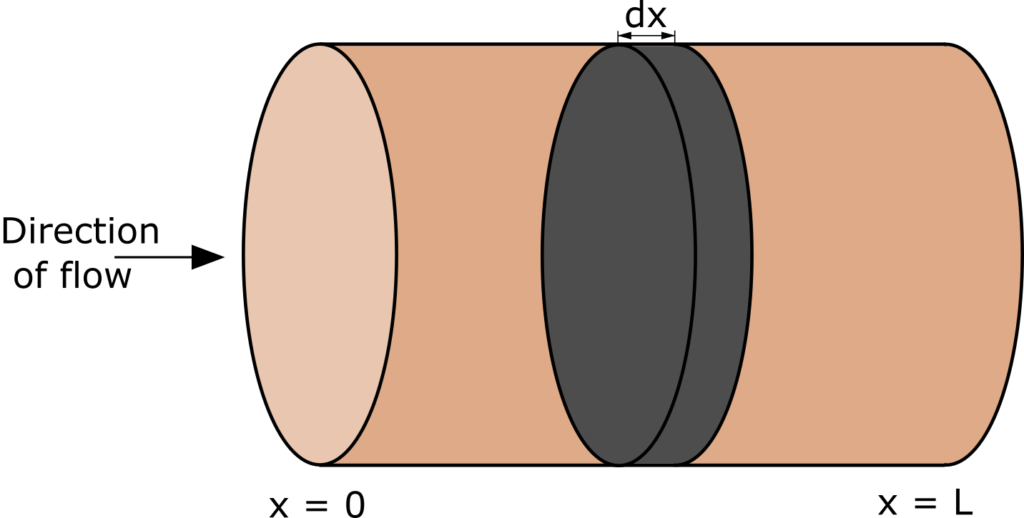
Residence time in plug flow reactor
The mean residence time describes the time spent by fluid particles inside a reactor. In an ideal PFR we assume that each particle spends the same time inside a reactor. It is equal to the ratio: (Length of the reactor)/(speed of the fluid) or (Reactor volume)/(Volumetric flow rate). In reality, this assumption is not met and we deal with residence time distribution (RTD). Despite that plug flow is an idealized concept, it is often used in the design of tubular reactors, when axial mixing is small and can be ignored.
Comparison with continuous stirred tank reactor (CSTR)
Both continuous stirred tank reactor and plug flow reactor are concepts of ideal chemical reactors. They are limit cases with respect to the flow hydrodynamics. In ideal CSTR there is a perfect mixing of the fluid and as a consequence, concentrations are the same inside whole reacting mixture. In turn, in a PFR there is no mixing between particular plugs of the fluid and each plug is perfectly mixed in the radial direction. We can think about PFR as a series of infinitely thin CSTRs. This concept is also used in mathematical modeling of PFRs. Inside plug flow reactor the concentrations change along the flow direction (Figure below).
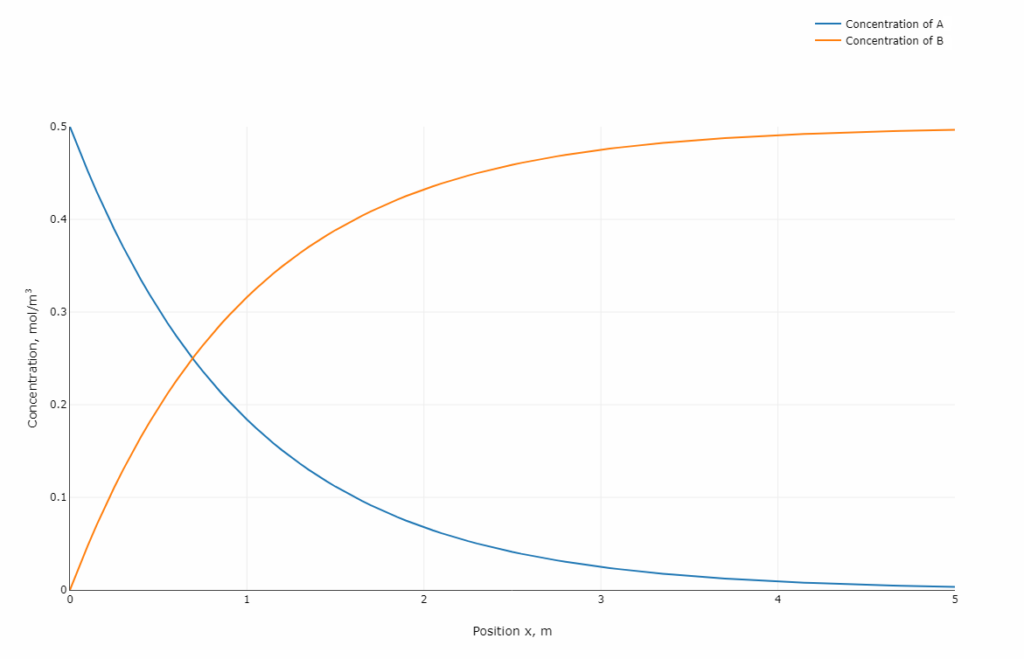
Applications of tubular reactors
Tubular reactors are widely used in gas or liquid phase systems. Examples of industrial processes include synthesis of ammonia and oil cracking. They are also used for degradation of toluene or production of high impact polystyrene.
Nowadays, tubular reactors are often used in microbiological processes (as bioreactors), where high temperature or pressure is not required. For example, they are used in biodiesel production (Awogbemi and Vandi Von Kallon, 2006). Transparent tubes are suitable for photobiological processes, due to large external surface area required for proper irradiation. They are also simple in construction. In simplest cases PFR is a hollow cylindrical pipe through which fluid flows.

PFR model
Plug flow reactor model is formulated based on mass balance and heat balance in a differential volume of a fluid. If we assume that the the process is isothermal (heat of reaction is negligible), then only mass balance is considered. We will assume steady state conditions which mean that concentrations of reactant do not change over time. It is a typical way of operation of plug flow reactors.
The mathematical model of PFR can be written as a differential equation (Levenspiel, 1998):
![]()
![]()
![]()
In the above equation Ci is reactant i concentration, u denotes fluid velocity, νi is the stoichiometric coefficient, ri is the reaction rate and x is the axial position in the reactor. Caf is substrate A concentration at the reactor inlet (in the feed stream) and L is the reactor length.
The fluid velocity u is calculated based on the volumetric flow rate Fv (m3/s) and the cross section area of the reactor S (m2):
![]()
In an ideal plug flow reactor, all the fluid particles have been inside the reactor for exactly the same amount of time (Fogler, 2010). We call this value a mean residence and calculate as
![]()
The residence time is commonly used in chemical engineering to make predictions of conversion and exit concentrations.
Mathematical models are used in the design of chemical reactors. We should remember that the model presented above is a simple one, while in real processes we sometimes need to consider other phenomena like heat effect of the reaction, multiple reactions, heat transfer to the environment, axial mixing etc.
Steady state vs. dynamic operation
Most commonly PFR operates in steady-state conditions, that is when the concentrations do not change over time. Dynamic operation is related to start-up process or significant change of operating conditions. Another application of the model is for simulation and optimization of a device, which are fundamental for the optimal operation of the process.
Try online plug-flow reactor simulator
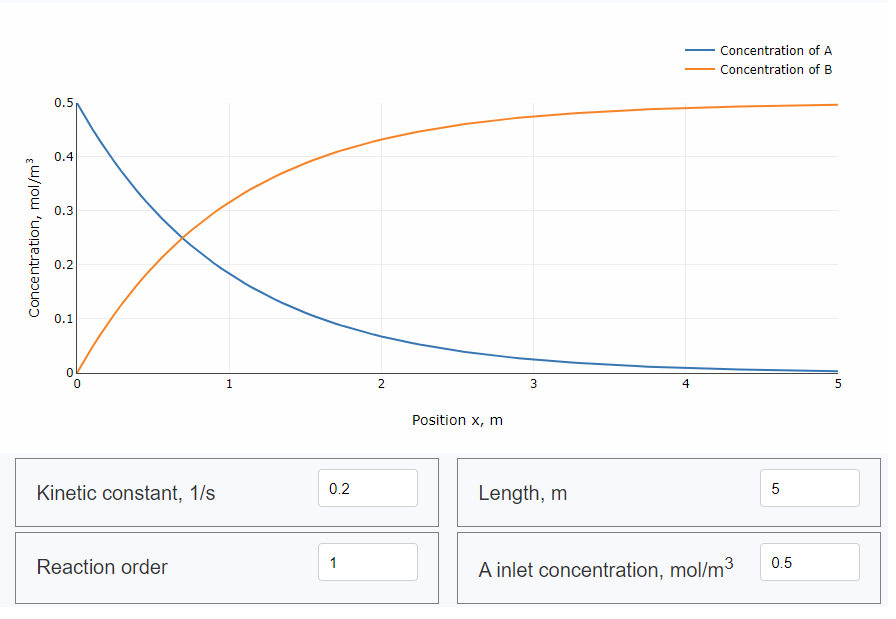
Read related content
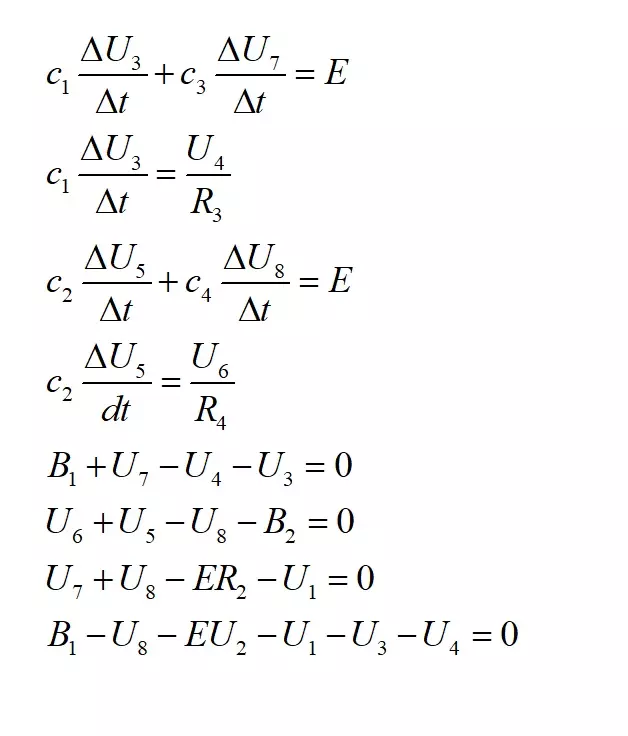
How to solve system of DAEs in Python
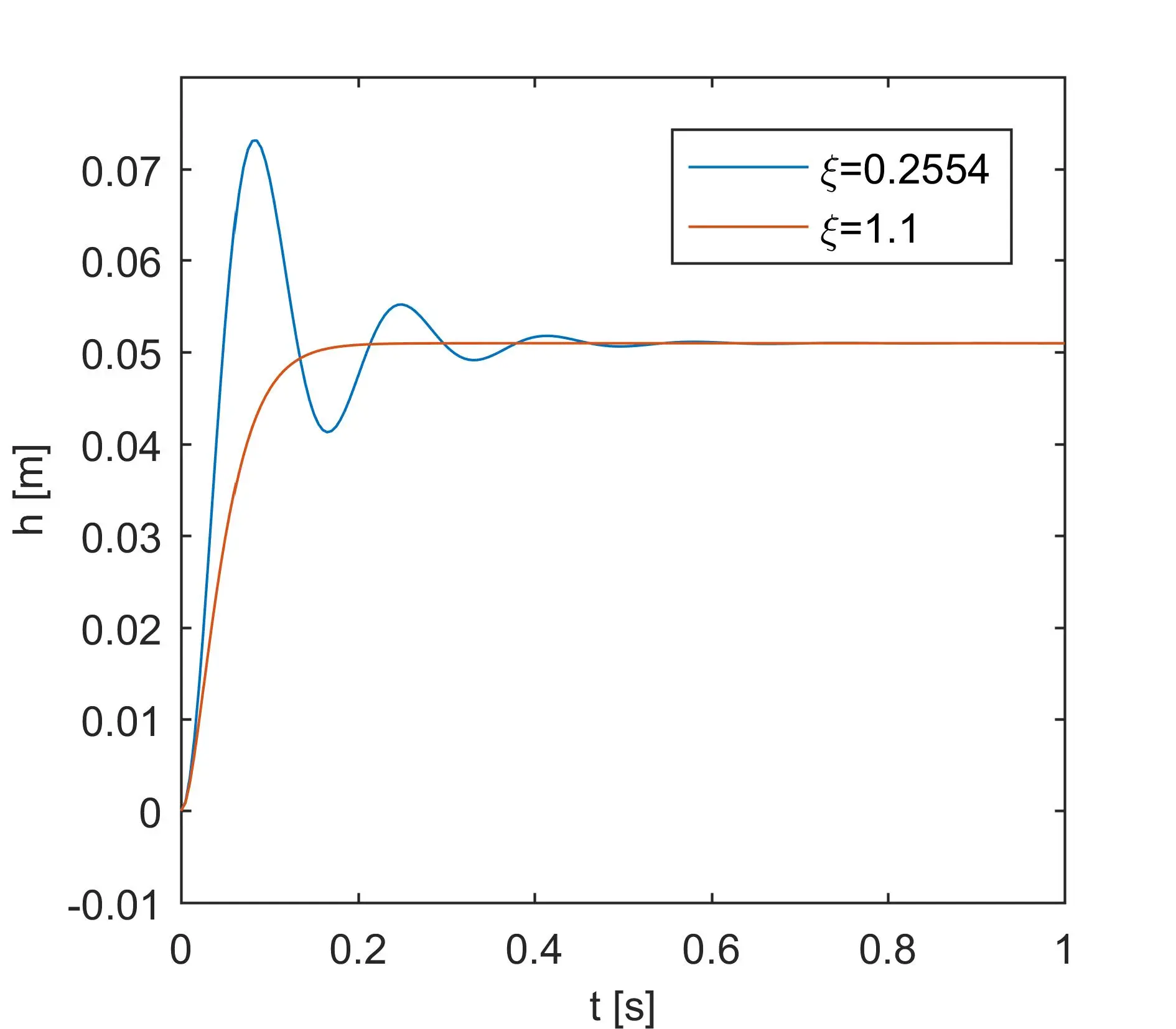
Lecture notes in process control
References
Levenspiel, O. (1998). Chemical reaction engineering. John wiley & sons.
Fogler, H. S. (2010). Essentials of chemical reaction engineering. Pearson Education.

